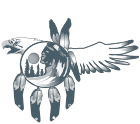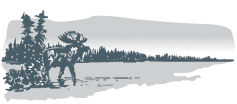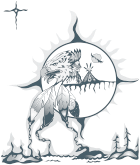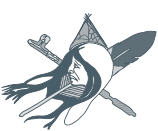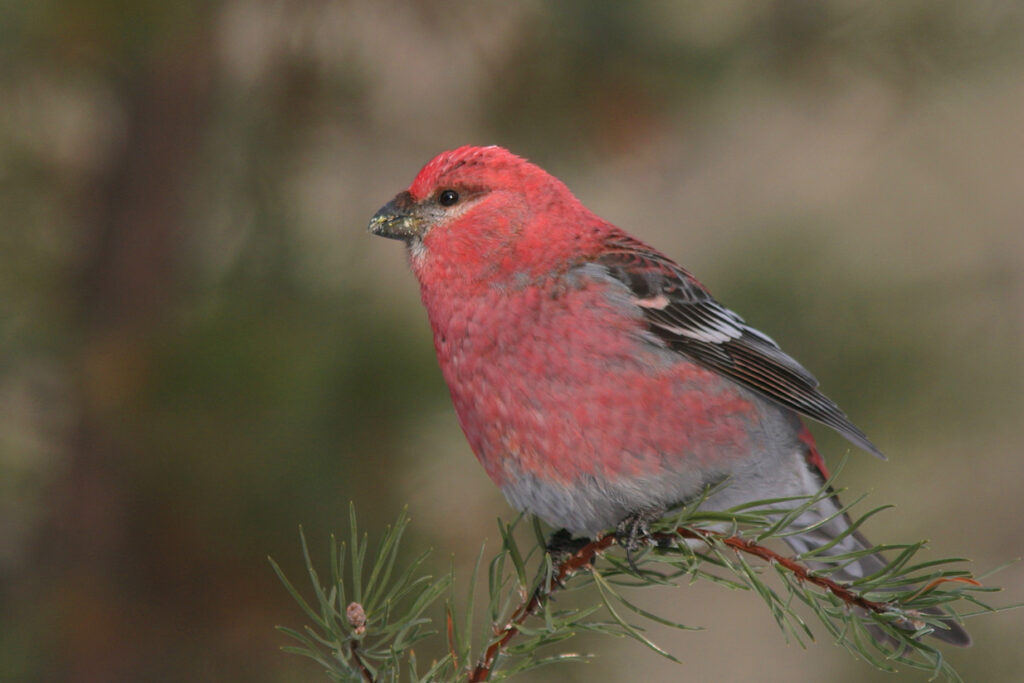
Pimachiowin Aki is the largest protected area in the North American boreal shield. It is home to millions of trees, pristine waters, and over a thousand plant and animal species—making it a paradise for songbirds, shorebirds and waterfowl.
The Natural Resources Institute (NRI) at the University of Manitoba and Pimachiowin Aki Guardians are working together to observe birds and discover what they can tell us about the health of the land.
During our first virtual meeting in 2020, these people shared their thoughts:
- Melba Green, Guardian, Bloodvein River First Nation
- Dennis Keeper, Guardian, Little Grand Rapids First Nation
- Dr. Nicola Koper, Professor, NRI
- Chris De Ruyck, PhD Student, NRI
- Alison Haugh, Executive Director, Pimachiowin Aki

What do you hope to learn from this project?
Melba: My hope is for us to understand birds’ ways of living and the messages that they bring about weather and climate. If we see birds dying there is a problem.
Nicola: I am particularly interested in how lands managed by First Nation communities contribute to the conservation of birds. How are the birds we find in Pimachiowin Aki different or similar to birds outside the World Heritage site?
Chris: Bird species you find on the land can also tell you things about the land. Our goal is to examine how birds in Pimachiowin Aki are protected in comparison to places where the land has been altered. If species are present in Pimachiowin Aki but missing in other areas, it might point to a specific problem.
Nicola: I think that western science has a lot to learn from the stewardship of Pimachiowin Aki First Nations. By comparing birds in Pimachiowin Aki with how well birds are doing outside of Pimachiowin Aki, we hope the project will help make western-contemporary society better stewards of the land.
What do you mean by conserving birds?
Nicola: Birds can be harvested and populations can still be conserved at the same time. When I talk about conserving birds, I mean trying to protect ecosystems to protect birds that live there. We want to make sure bird populations are high across large areas, including Pimachiowin Aki and other regions, and are not declining.
What is the state of birds today?
Nicola: In most parts of North America, many, many species have declined over the last four to five decades. We don’t know a lot about birds in Pimachiowin Aki yet, but we think that Pimachiowin Aki may be a refuge where bird populations can be successful because the habitat is being protected. There’s a lot of habitat and food, and less noise and disturbance. The land is kept well, and people living on the land have a good relationship with it.

What can we learn from this project?
Melba: One of the rules of being Anishinaabe is to respect every living thing on Mother Earth. That’s why we wanted to create the Bloodvein River First Nation land use plan—it says all living species and their habitats will be protected.
Nicola: I like the idea of documenting the outcome of that respectful interaction with the land. Our hope is that we’ll be able to see how populations are changing over time, compare this to other areas, and show how important it is that birds have the habitat that Pimachiowin Aki is providing.
Why did Pimachiowin Aki choose to collaborate with NRI?
Alison: The project helps Pimachiowin Aki meet the monitoring and reporting requirements of being on the World Heritage List. We must show that we are taking active measures to protect the site’s natural and cultural values. This is just one of the many community initiatives that help keep the land.
Melba: This is a very interesting project and it is another way of being a Guardian. Observing birds is another way for me to learn. I can learn from [NRI]. Birds are fascinating. It’s teaching me something else rather than just the four-legged animals.
Why did NRI choose to collaborate with Pimachiowin Aki Guardians?
Nicola: We know different things—Guardians have knowledge of the area and how birds are using the land while NRI can provide information on how to identify birds and the locations they are likely to be found in. We’re bringing together our knowledge with the knowledge of the community. It wouldn’t work if it were just western scientists coming in.
Why study birds to learn about climate change?
Chris: We focus on birds because there are over 200 bird species in the boreal. We can gather information on many species at the same time, which makes it an efficient way to obtain information about ecosystems.
In addition, we know a lot about birds. Indigenous communities like Pimachiowin Aki have been passing down traditional knowledge about birds for generations. Plus, birds have been studied a lot by western science. This gives us a strong starting point—we know how to identify birds and we know how they typically behave. If their behaviour changes, we can link it to how healthy the boreal ecosystem is.
What kinds of things will Pimachiowin Aki Guardians be watching for?
Nicola: If you see multiple species arriving earlier than normal, that is one indicator that could help us understand if there are changes over time. Also, looking for new species or species that are more abundant than in other years.
Dennis: We’ve started to see new ducks that are black and look like the bufflehead. They’re all black except for a white mark on their bills.
Nicola: Possibly American coots—this is an example of a species that would be interesting to monitor because the community is noticing it and you haven’t expected to see it before.
Chris: New species showing up, and also species that are conspicuous by absence. Ones that disappear are equally important. Even seeing birds that are switching a food source and eating new things could be indicative of climate change.
Nicola: Fire can also change where species are found.
Melba: After a fire, you don’t see wildlife until the land restores itself. The birds will fly by and look around but they won’t go near a place when it’s burned. Once there is grass then you see them come back.
Nicola: Eventually, we want to go to Pimachiowin Aki, meet in person, explore the landscape together and decide what bird species to monitor. Initially, we’ll try to monitor all the species we can, but we will probably end up focusing on 20-40 species that are abundant, and that people see regularly.
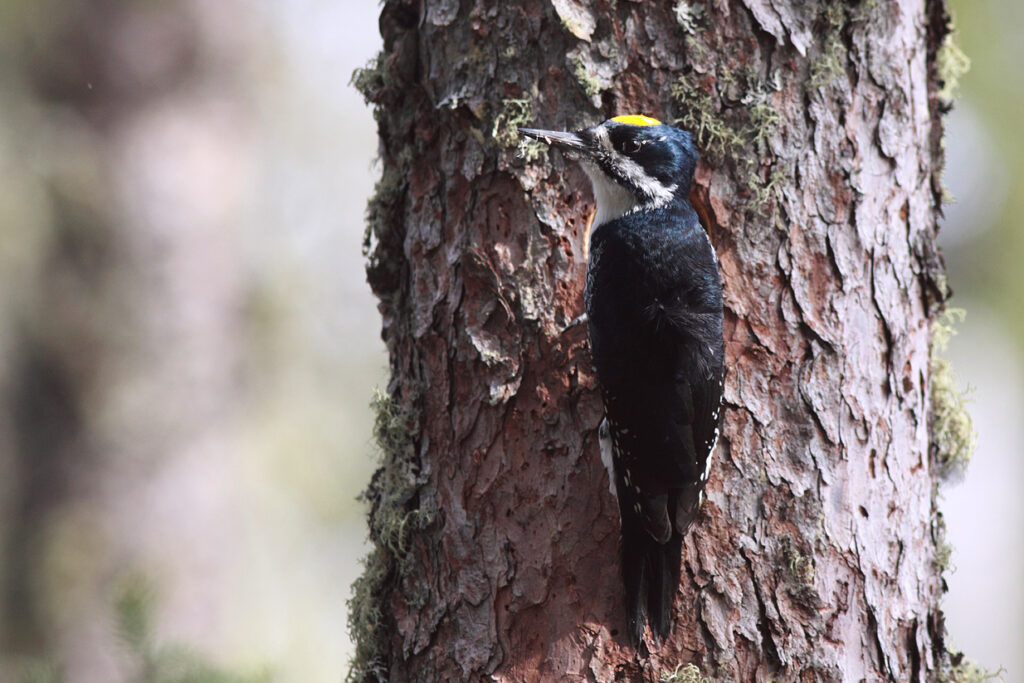
Chris: We can also choose species that use different habitats and live in Pimachiowin Aki during different seasons, like summer and winter. Also, species that other animals in the boreal forest depend on, like woodpeckers, which have an effect on the forest. They help control western pine beetles by eating them, and they create cavities in trees, creating homes for insects, flying squirrels, owls and other birds. Even mice have been found in cavities created by woodpeckers.
Melba: There are lots of red-headed woodpeckers in Bloodvein. I have a book here on North American birds, which I take with me when I’m on the land. There are lots of birds! An Elder said that birds are coming back that haven’t been seen in a long time.
Nicola: I love hearing these stories and I hope to have more of these conversations with you.
Dennis: We have golden eagles. They have a nest here that they go back to every year. They look bigger than the bald eagle. On my trapline, where I hunt ducks, there are seven different pairs there. When I first started hunting, there were no eagles there. They anticipate us going there to hunt and they go there to clean up.
We are also seeing some kind of doves.
Is it bad to see exotic bird species in Pimachiowin Aki?
Nicola: It’s not a bad thing if exotic species are not highly abundant, but if they are abundant there’s always a risk that new species will push out native species. In places where there are a lot of house sparrows, there are often fewer chickadees and nuthatches.
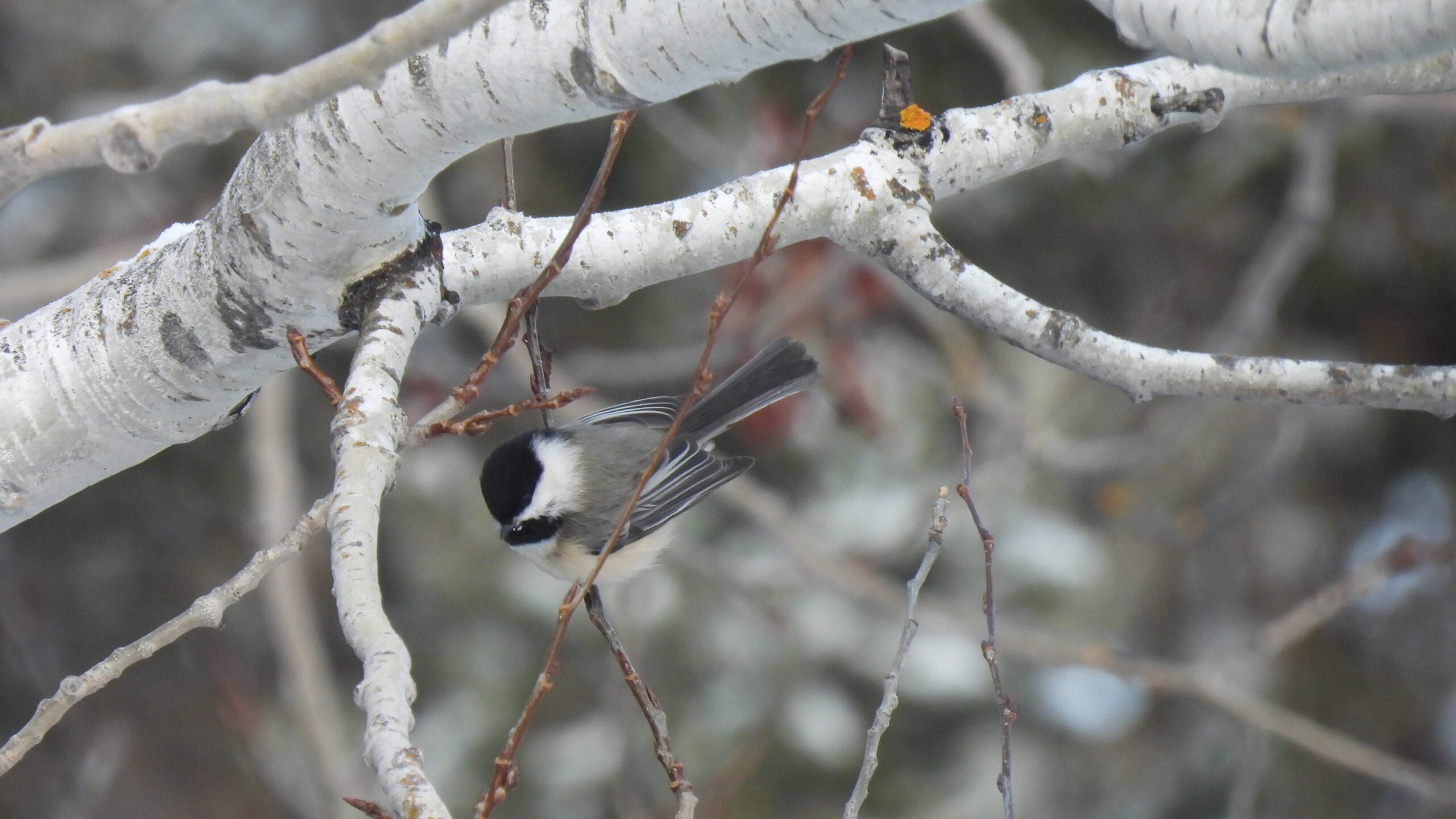
How does this relate to climate change?
Nicola: Some birds probably thrive in Pimachiowin Aki because they are tough and able to tolerate cold winters. As weather conditions become milder, new species are also able to live in northern areas like Pimachiowin Aki. There is probably room in Pimachiowin Aki for more birds, but as new birds move in they might push the native birds out, away from a great food source. Populations are declining everywhere, so if birds get pushed out and end up losing refuges like Pimachiowin Aki, they will have even more problems.
What is the Land that Gives Life telling you through birds?
Climate Watch asks you to share your observations and stories about birds, plants, animals, natural events or changes in the landscape. Help Audubon scientists protect birds and the places they need—share what you see and hear:
Feature Photo: Pine Grosbeak (Christian Artuso)
